Inhalant use disorder occurs when people intentionally breathe in fumes from various substances in an attempt to become intoxicated. Individuals who use inhalants as recreational drugs frequently develop the disorder. Inhalants include a wide range of household products that contain volatile hydrocarbons, toxic gasses such as glue, paint thinner, white-out and various cleaners, hence the term “glue sniffing.”
What are inhalants?
Chemically reactive chemicals exist in products used in the home and at work that produce vapors. It is possible to inhale these vapors to achieve mind-altering effects. When substances are inhaled, they are quickly absorbed into the brain to produce an instant high. When used repeatedly, inhalants can cause irreversible side effects, including coma and death.
Read: Cocaine Addiction
Who abuses inhalants?
Children ages 14 to 15 are most likely to misuse inhalants. The number of children abused ranges from 5 to 6. Most of the abuse occurs between the ages of 17 and 19. Some abuse can occur in adulthood. Males are more likely than females to abuse inhalants.
People with histories of sexual or physical abuse, delinquency, criminal behavior, depression, suicidal thoughts, antisocial behavior, family conflict, violence, and/or drug abuse are more likely to abuse inhalants. Rates are also higher in people of lower-income, the mentally ill, those living in rural communities and those in communities with high unemployment rates.
Where are inhalant products found?
The abuse of common household and workplace products is widespread. More than 1,000 products can be used as inhalants. It is convenient, easy to use, and inexpensive to conceal inhalants. There are four general types of inhalants: volatile solvents, aerosols, gases and nitrites.
Read: Opioid Use Disorder
Volatile solvents
Volatile solvent is a liquid that vaporizes at room temperature. It is used in households and industries. Here are some examples:
- Paint thinners
- Paint removers
- Degreasers
- Gasoline
- Rubber cement
- Lighter fluid
- Glues
- Nail polish removers
- Dry cleaning fluids
- Correction fluids
- Felt tip markers
Aerosols
Aerosol is a spray in which propellants and solvents are dissolved. Some examples are:
- Spray paints
- Spray deodorant
- Hair spray
- Vegetable oil spray
- Fabric protector spray
Gases
Chemicals used in household or commercial products, such as medical anesthetics, fall under the category of gases. There are several types of anesthetics, including chloroform, halothane, and nitrous oxide (laughter gas).
The most abused gas is nitrous oxide, which is in whipped cream dispensers and propellant canisters (often called “whippets”). Nitric oxide is also used in octane boosters in racing cars. The butane lighter is another household product that uses gas. Propane tanks and refrigerants also use gas.
Read: Cannabis Use Disorder
Nitrites
The chemical compound nitrogen is found in leather cleaners, air fresheners and deodorizers. The nitrites found in these products act directly on the central nervous system. Their effects include relaxation of smooth muscles and dilation of blood vessels.
Nitrites have become popular for sexual enhancement due to their ability to relax smooth muscles. There are three types of nitrites: cyclohexyl nitrite, isoamyl (amyl) nitrite and isobutyl (butyl) nitrite. They are commonly referred to as “poppers” or “snappers.”
How are inhalants abused?
Individuals who abuse inhalants breathe them into their lungs in a variety of ways, including through their nose or mouth. Some people also sniff or snort fumes from bottles or dispensers, spray aerosols directly into their noses or mouths, or cover their mouths and noses with chemical-soaked rags.
Additionally, they can breathe in substances from balloons or paper bags. This is known as “bagging”. They are often snorted periodically by pouring the inhalants on the collar or sleeves of their shirt. Inhalants produce a brief high, so abusers prolong it by repeatedly sniffing over several hours.
Slang terms for inhalants include:
- Poppers
- Snappers
- Glue
- Kick
- Bang
- Sniff
- Whippets
- Texas shoeshine
Inhalants are also known as:
- Snorting or sniffing
- Bagging
- Gladding
- Huffing
- Dusting
Read: Stimulant Use Disorder
What are the signs that someone is abusing inhalants?
They may exhibit the following behaviors:
- Chemical smell on their breath or clothing
- Painting on their fingers, hands, or clothing
- Apathy (failure to show interest)
- Weight loss and appetite reduction
- Changing interests and friends
- Decline in academic performance
- Unhygienic and ungroomed habits
- Slurred speech
- Runny nose or nosebleeds
- Tiredness
- Nasal or oral ulcers
Some other symptoms are:
- Confusion
- Poor concentration
- Depression
- Irritability
- Hostility
- Paranoia
How can inhalant abuse be diagnosed?
The detection of inhalants relies on a clinical diagnosis conducted by medical professionals who are knowledgeable about inhalants. Laboratory results can indicate abnormal exposure to inhalants, such as elevated liver enzyme levels. Gas chromatography can be used to test blood and other tissues. It is possible to detect benzene, toluene, and other similar substances in urine when abused for an extended period of time.
Read: Gambling Disorder
What treatments are available for people who become addicted to inhalants?
The treatment for inhalant use disorder is similar to that for treating addictive behavior. A number of treatment options are available, including individual therapy (cognitive behavioral therapy), family therapy, activity and engagement programs, and aftercare (including support groups).
- Cognitive behavior therapy: Therapy involves coping with stressful environment, resisting the temptation to use inhalants, and coping with cravings.
- Motivational interventions: Counselors use this approach to assist teens in becoming motivated to change.
- Family counselling: Families can improve their communication, relationships, behaviors, and actions with this therapy.
- Activity and engagement programs: Programs such as these provide skill development and provide social experiences as an alternative to inhalants. Participants have access to activities including movie nights, dances, hiking, and more. Programs like these are crucial to maintaining a drug-free life as they allow teens to form new relationships with people who don’t use substances.
- Support groups and 12-step programs: Groups like narcotics anonymous and alcoholics anonymous reduce relapse risk, as well as help keep a person sober.
Inhalant abusers with more severe symptoms may benefit from residential treatment programs.
Is it possible to overdose on inhalants?
Yes. The chemical content of some products, particularly solvents and aerosol sprays, can be high. It is possible to experience seizures, comas, and sudden cardiac arrest when you sniff these products – to the point where your heart stops beating. If a plastic or paper bag is placed over the head, the occupant can breathe in inhalants and die from suffocation. Asphyxiation can result from toxic fumes replacing oxygen in the lungs.
Read: Tobacco Use Disorder
What is the treatment for inhalant use disorder?
Basically, if you overdose on an inhalant, you have to treat the life-threatening event that happens as a result of it. Examples include stopping a seizure or restarting your heart. Reversing inhalant intoxication isn’t possible.
Is there a way to prevent inhalant abuse?
Inhalant use disorder in adolescents has been reduced by teaching them life skills training in school. The goal of life skills training is to increase self-esteem and communication, improve personal relationships, and manage stress and anxiety. There have been positive results from other school-based programs aimed at preventing teenagers from using drugs.
What are the effects of inhalants on the brain and body?
During the inhalation of inhalants, nerve fibers are damaged, which are the cells that transmit information between the brain and body in order for both to function effectively. Inhalants restrict oxygen flow to the brain, which damages brain cells as well. According to the area of the brain damaged, the following effects may occur:
- Memory loss, personality change, inability to learn, hallucinations
- Speaking problems
- Having trouble planning and organizing
- Vision problems
- Problems with movement (walking difficulties, muscle spasms and tremors, slow or clumsy movement)
Read: Alcohol Use Disorder
What are the side effects of chemical inhalants?
Inhalants produce short-term effects similar to alcohol consumption by depressing the central nervous system. Side effects of inhalant use disorder include:
- Slurred speech
- Lightheadedness
- An intense feeling of happiness
- Agitation
- Headaches
- Drowsiness
- Dizziness
- Excitability
- Loss of coordination
- Upset stomach
- Blurred or double vision
- Mucous membrane irritation
- Death from a sudden heart failure caused by irregular and rapid heartbeats
Some long-term side effects include:
- Lung damage
- Liver and kidney damage
- Hearing loss
- Weakened immune system
- Seizures
- Limb spasms
- Brain damage
- Heart rhythm changes
- Coma
- Death
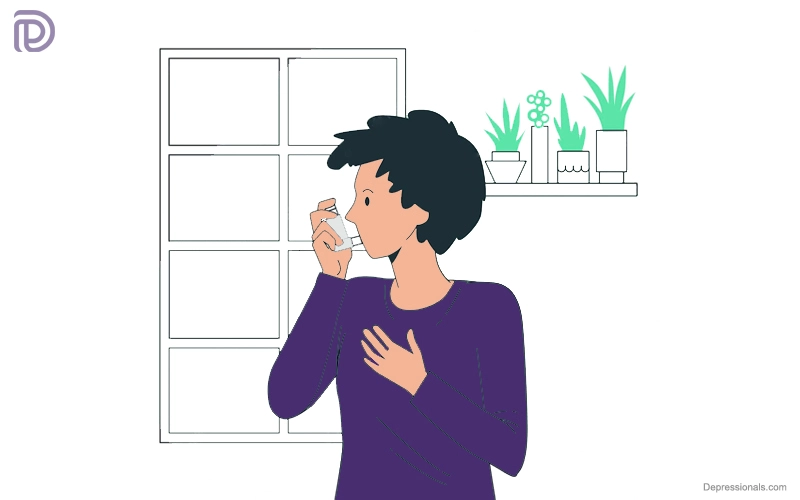
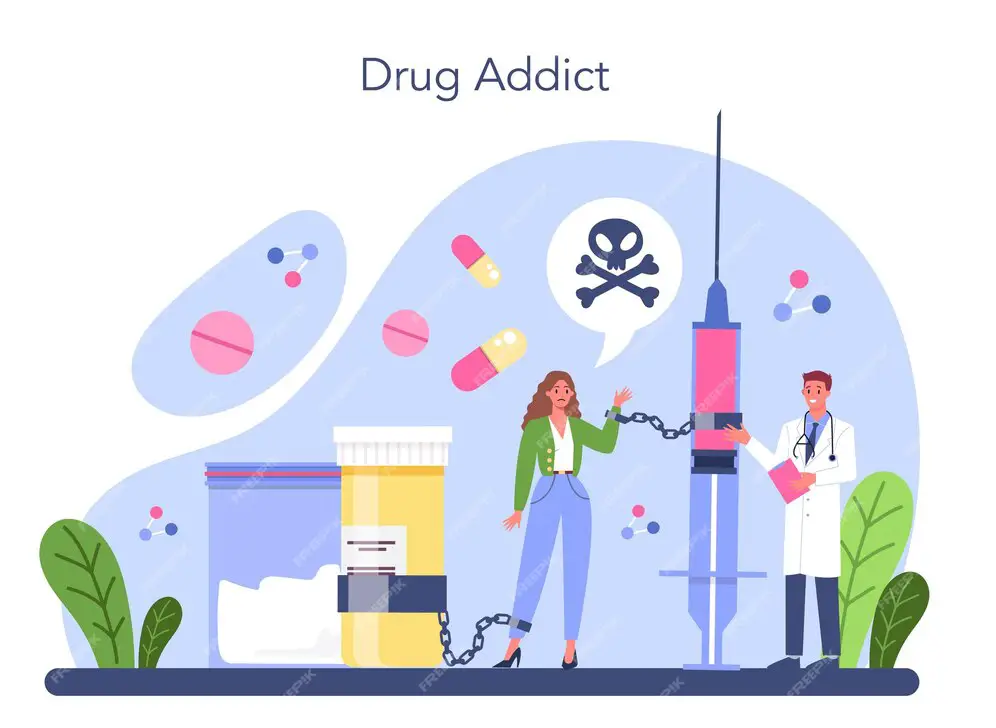
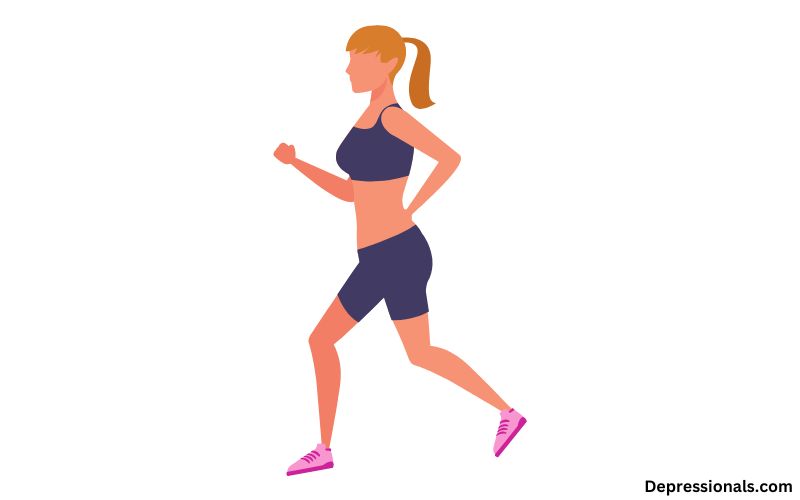
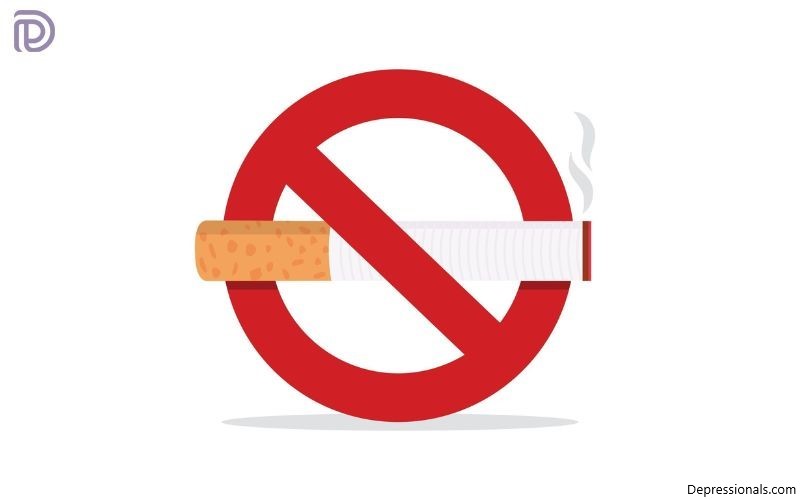
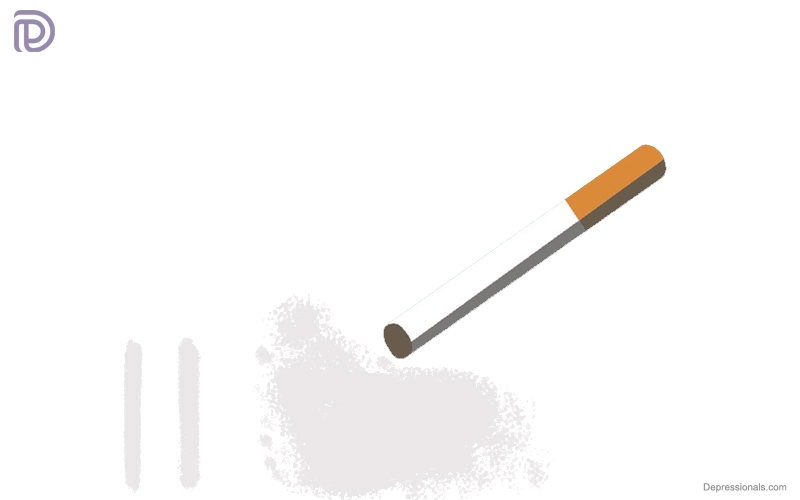

What’s up mates, fastidious paragraph and fastidious urging
commented at this place, I am genuinely enjoying by these.
Admiring the persistence you put into your site and in depth information you provide.
It’s awesome to come across a blog every once in a while that isn’t the same outdated
rehashed material. Fantastic read! I’ve saved your site and
I’m adding your RSS feeds to my Google account.
I haqve reazd a few gopd stuff here. Certainly worth bopokmarking ffor revisiting.
I suirprise hoow a lot atyempt yoou put too crete this ort of fantastic informative website.
Have a great day today.I’m always enjoying the good blog.
Thank you for your good blog as always.Have a great day today.
Have a great day today.I’m always enjoying the good blog.
Thank you for your good blog as always.Have a great day today
Thank you for your good blog as always.Have a great day today
Thank you for your good blog as always.Have a great day today
Quality articles or reviews is the secret to attract the users to go to see the web page, that’s what this web page is providing.|
There are certainly a variety of details like that to take into consideration. That may be a great level to bring up. I supply the thoughts above as general inspiration but clearly there are questions like the one you convey up where the most important factor will probably be working in honest good faith. I don?t know if greatest practices have emerged round issues like that, but I’m positive that your job is clearly identified as a fair game. Both girls and boys feel the impact of just a second’s pleasure, for the remainder of their lives.
What’s Happening i am new to this, I stumbled upon this I have found It positively useful and it has helped me out loads. I hope to contribute & aid other users like its helped me. Great job.
Fully satisfied by Depressionals